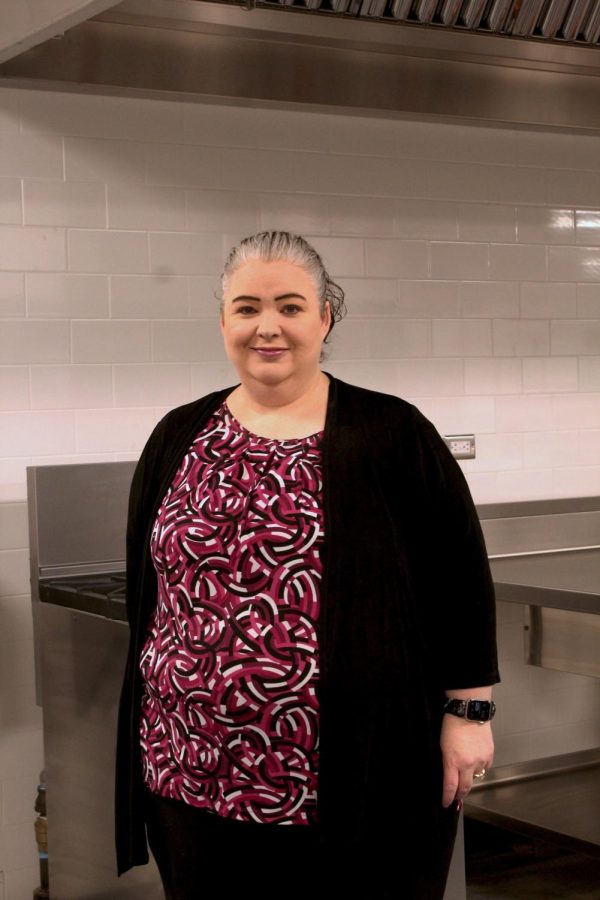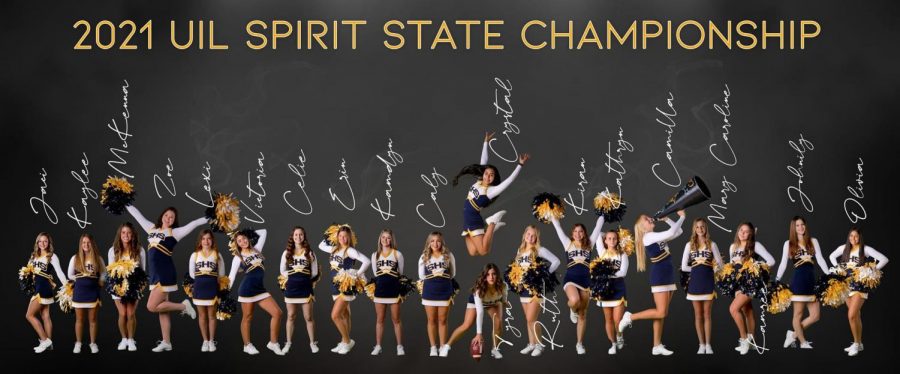Education. It is the foundation of any first world country in the 21st Century and its importance is growing everyday. And though the institutions of teaching are needed more than ever, the face of the free world — the United States, is lagging behind. At the top of the tower of knowledge lies a Nordic country with a small population of only 5.5 million that is known for its cold temperatures and happiest people in the world. Finland.
With a less than ideal history, Finland has seen its share of war, repression, and economic failure. Forty years ago no one would have guessed that a country that had three major wars in the 19th century would rise to be the best educated country in the world. Pasi Sahlberg, currently Professor of Educational Leadership at Melbourne University in Australia, has brought attention to the staggering success of Finland’s education system and what the rest of the world can learn from it.
“In 1963, the Finnish Parliament made the bold decision to choose public education as its best shot at economic recovery. ‘I call this the Big Dream of Finnish education,’” said Sahlberg, “‘It was simply the idea that every child would have a very good public school. If we want to be competitive, we need to educate everybody. It all came out of a need to survive.’”
With this attitude, Finland has shaped its curriculum in a way to teach students’ subjects in a comprehensive and holistic manner. Unlike most of the world’s education practices, Finland does not incorporate any standardized testing from grades one to twelve.
“There are no mandated standardized tests in Finland, apart from one exam at the end of students’ senior year in high school.” Hancock said, “There are no rankings, no comparisons or competition between students, schools or regions.”
And yet, when Finnish students have taken the PISA (Program for International Student Assessment), they have ranked in the top percentile along with countries such as Singapore, Japan, and China.
“‘We prepare children to learn how to learn, not how to take a test,’ said Sahlberg, ‘We are not much interested in PISA. It’s not what we are about.’”
Along with these scores, Finland also only spends around $7,829 USD per student compared to the American equivalent of $11,301 USD and when compared to the graduation rate, Finland lands at a whopping 93% while the U.S. is planted at 75.5%.
“Ninety-three percent of Finns graduate from academic or vocational high schools, 17.5 percentage points higher than the United States, and 66 percent go on to higher education, the highest rate in the European Union.”
Of the reasons why Finland is successful, the lack of standardized testing seems to be a major contributor to the gap.
“Finnish educators have a hard time understanding the United States’ fascination with standardized tests. ‘Americans like all these bars and graphs and colored charts,’ said Kari Louhivuori, Kirk kojarvi Comprehensive school principal,
kojarvi Comprehensive school principal,
‘It’s nonsense. We know much more about the children than these tests can tell us.’”
If standardized tests were the only difference between Finnish and American education, they would rank near together. Unfortunately many of the policies and mindsets of each country differ drastically, most of them being reforms that are needed in the U.S.
“Teachers in Finland spend fewer hours at school each day and spend less time in classrooms than American teachers,” Hancock said, “Teachers use the extra time to build curriculums and assess their students.”
Along with less time at school, teachers are granted maternity leave for up to three years and have state subsidized day care and preschool for all 5-year olds.
“Ninety-seven percent of 6-year-olds attend public preschool, where children begin some academics.” Hancock said, “Schools provide food, medical care, counseling and taxi service if needed. Student health care is free. It’s almost unheard of for a child to show up hungry or homeless.” Hancock said.
(This is part 1 of an in-depth News/Feature. For next article, look for “A Tale of Two Schools.”)













